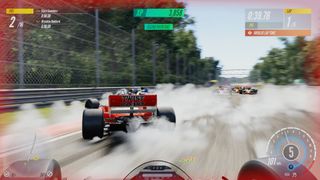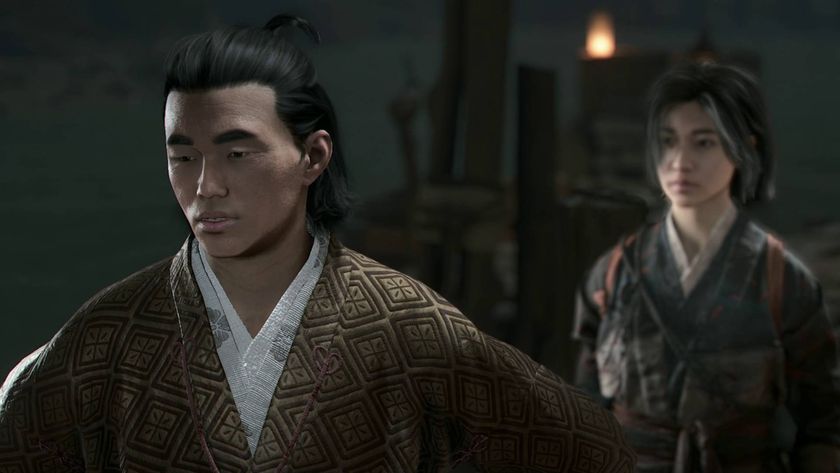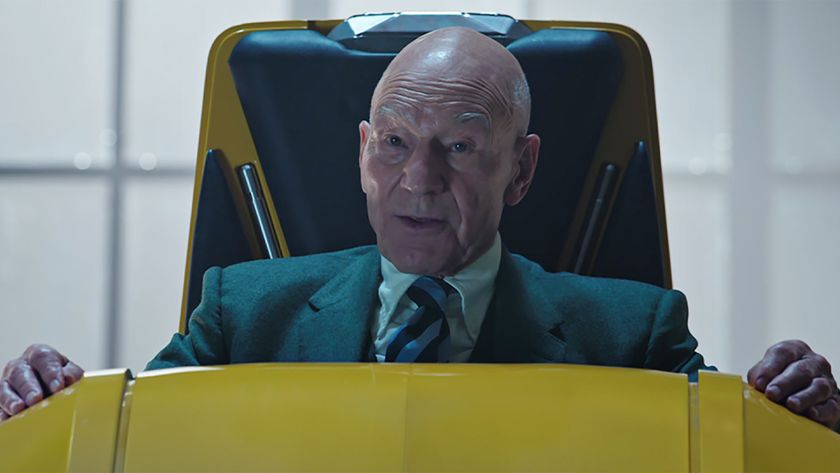12DOVE Verdict
Project Cars 3 is a great way to get into sim racing for newcomers thanks to its overtly gamey career mode, but the move into proper ‘simcade’ territory feels odd and unfulfilling.
Pros
- +
Hundreds of cars and tracks to enjoy
- +
No longer a slog thanks to gamey career overhaul
- +
Best pad control in any sim racer
Cons
- -
Where’s qualifying gone? Tyre heat? Practice?
- -
Visuals, crashes and weather effects all lack spectacle
- -
Feels like a step back from Project Cars 2
Why you can trust 12DOVE
It’s harsh to call anything a sell-out, but Project Cars 3 truly feels like it’s abandoned its own principles in search of the mass market. At its heart, this is still a serious racing game where you must brake properly for corners, drive on the correct racing line and avoid unsettling the car through overzealous steering or dubious flapping of the gas pedal. But with so many more sim racers around since the first Project Cars came out in 2015, simply rehashing the usual in-depth motorsport career isn’t going to win any new fans. And so we find Project Cars 2 dressed up in Asphalt 9’s clothes, acting like Forza Motorsport 7 and borrowing GT Sport’s online mode. It’s a reinvention of Taylor Swift proportions and so pronounced, even its fans may not recognise it. Project Cars 3 isn’t trying to be one racing game - it’s trying to be all of them.

Release date: August 25, 2020
Platform: PS4, Xbox One, PC
Developer: Slightly Mad Studios
Publisher: Bandai Namco
The previous race day busywork and tinkering have been stripped away, replaced with the Forza Motorsport school of career mode, where you take place in themed events, all tiered from beginner races to exotic supercar series, with the option of buying and upgrading eligible cars along the way. The usual long-haul, grassroots championships complete with practice laps and qualifying are simply gone, replaced with breathless, quick-fire races, each with three criteria to check off in order to progress. These criteria are now much more varied than the pure ‘win the race’ ethos of old, for instance asking you to hit a target top speed or master 30 corners in one race. This adds welcome gameplay variety for skilled drivers while also giving those who aren’t so great at racing games a way to proceed without having to win all the time. But it’s also gamey. Very, very gamey.
Yes master
Surprisingly, a lot of Need For Speed Shift’s DNA seems to have reappeared in Project Cars 3 (leaving out the most exciting bits, sadly), reintroducing the corner mastery system where each corner is essentially its own mini-game, requiring you to brake in the right place, hit the apex and power through to the outside on the exit of each turn. Here, these sections of the corner are now marked visually with hovering icons over the track - again gamifying the serious simulation. It means you can enjoy gentle instruction without having a messy, obtrusive Dynamic Racing Line all over the screen, and the icons are both useful and discreet. Only trouble is, the actual ‘mastery’ system is way too lenient, allowing you to rack up the checkmarks, even when you know you had to correct your line or even oversteered messily across the inside kerb, negating the point of having it.
Playability is undoubtedly Project Cars 3’s most improved area, with the most accessible handling in any of the serious modern sims, thanks to its superbly overhauled pad control. Even with the assists switched off, a canny driver will be able to catch a monster of a slide, losing time of course, but crucially not delving into the agricultural business at the side of the track. It’s beautifully executed and feels like console racers used to feel before the… well, before the Project Cars era. Played with a force feedback wheel, it can still be as realistic and unforgiving as before, which is important for devoted fans of sim racing, but the now-seamless integration of pad control is a huge step forward for everyone else.

However, while the driving is wonderfully balanced, the racing is not. In-game money isn’t exactly abundant and so you’ll spend much of your time upgrading and downgrading your existing car’s innards to make it eligible for certain race series. But while these upgrades affect a Forza-style numerical rating for your car’s performance, the categories for E class, A class and so on are quite broad, so upgrading the wrong element can see your technically eligible car be ultimately uncompetitive. Focus too much on the chassis and tyres and you’ll be absolutely mugged on the straights, or unable to three-star a hotlap time. Couple this with the short races and there’s almost no chance you’ll have a decent race with any one car. Instead, it’s ‘elbows out’ as you dive down the inside, going from 7th to 2nd in one move, then back again on the straight beyond.
As a result, there’s very little closely matched racing to be done in the first 10 hours of career mode, which is a big blow for any ‘racing’ game, though things do improve as you reach higher tiers and performance differences become less discernible, but even then difficulty varies wildly from event to event. Damningly, Project Cars 3 is clearly at its best when you’re alone on the track. And with an astonishing 130 track variants to race around from some 50 unique locations (some real, some historic and some fictional), it’s a time trial fan’s dream. But solo racing fans should probably look elsewhere, or just bypass the AI racing completely and head online.
Take on the world

Online integration is kept separate from career, with the halfway house ‘Rivals’ mode offering hourly, daily and monthly challenges to complete. This is which is ‘just one more go’ heaven... that is until you hit the 30 try limit. Then, of course, there’s the online multiplayer, which was a ghost town at review stage but should give sim fans some close racing at last. But what is interesting is that besides the lobby-hopping Quick Race and the ability to set up your own game, there’s also a third, pretty straight facsimile of Gran Turismo Sport’s online setup, whereby you must register for an event that takes place at a set time, then qualify for it to determine your starting position.
When all’s said and done, however, there’s a simple feeling that the game just isn’t quite up to the standard of the best of the field. The formerly groundbreaking weather system doesn’t feel as convincing or look as good as other modern dynamic weather systems like that of F1 2020, and the original game’s alarmingly violent crashes and car-to-car collisions have been smoothed off to make everything feel neutered, which is admittedly par (or should I say car?) for the course these days.

You can still dent up your ride pretty convincingly if you deliberately drive into a wall, but with the improved controllability and far less perilous wheel-to-wheel racing, actually having a big crash is very, very rare. And visually, it just doesn’t look like a racing game should in 2020, with oddly coloured foliage and inconsistently convincing lighting. The game just doesn’t look exceptional, even on ultra settings on PC.
Therefore it’s hard to find any other reason to recommend this over the competition or even arguably its predecessor. It’s the biggest Project Cars yet, but feels like the smallest. Go figure.
Reviewed on PC running on an Nvidia RTX 2070 and 16GB RAM. Code provided by the publisher.
Justin was a GamesRadar staffer for 10 years but is now a freelancer, musician and videographer. He's big on retro, Sega and racing games (especially retro Sega racing games) and currently also writes for Play Magazine, Traxion.gg, PC Gamer and TopTenReviews, as well as running his own YouTube channel. Having learned to love all platforms equally after Sega left the hardware industry (sniff), his favourite games include Christmas NiGHTS into Dreams, Zelda BotW, Sea of Thieves, Sega Rally Championship and Treasure Island Dizzy.













The surprise theme of today's Nintendo Direct was classic PlayStation franchises getting a comeback without Sony's involvement

The classic Fox X-Men are returning in Avengers: Doomsday, and I've got a really bad feeling about this

Unannounced Hogwarts Legacy DLC reportedly canceled, partly because the studio wasn't sure it'd be worth players' money





